Home>Technology>Home Entertainment Systems>How To Make Slides For A Projector
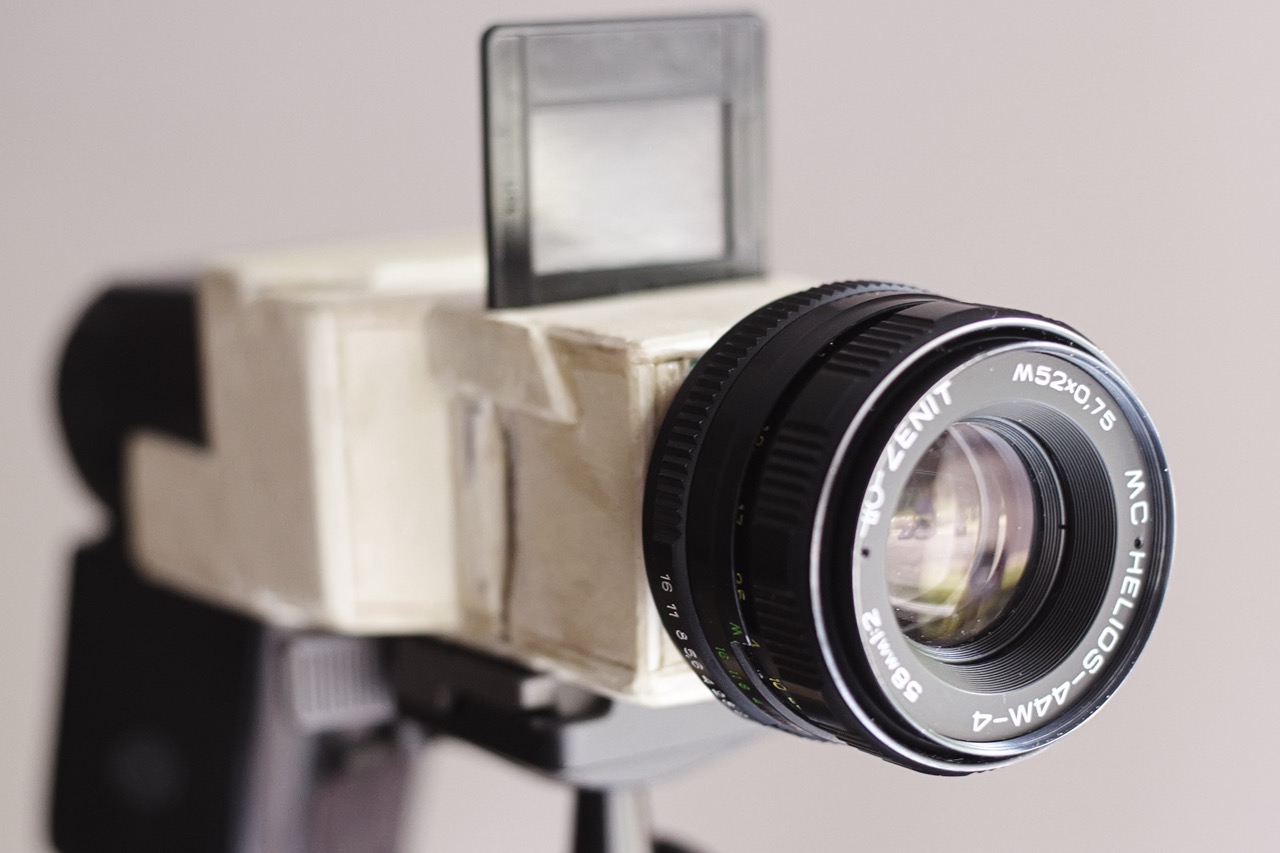

Home Entertainment Systems
How To Make Slides For A Projector
Modified: February 25, 2024
Learn how to create professional slides for your home entertainment system projector with our easy-to-follow guide. Enhance your viewing experience and impress your audience.
(Many of the links in this article redirect to a specific reviewed product. Your purchase of these products through affiliate links helps to generate commission for Storables.com, at no extra cost. Learn more)
Introduction
Welcome to the exciting world of home entertainment systems! Whether you're a movie enthusiast, a gaming aficionado, or a music lover, creating the ultimate home entertainment setup can take your leisure experiences to new heights. One essential component of a stellar home entertainment system is a high-quality projector. Projectors have evolved significantly over the years, offering impressive image quality and immersive viewing experiences that rival traditional television sets.
In this guide, we'll delve into the art of creating captivating slides for a projector. Whether you're preparing a business presentation, educational seminar, or a fun movie night at home, crafting visually appealing and informative slides is crucial for engaging your audience and conveying your message effectively. We'll explore the software options available for slide creation, provide tips for designing impactful slides, and discuss the incorporation of multimedia elements to elevate your presentations.
By the end of this comprehensive guide, you'll be equipped with the knowledge and skills to craft stunning slides that shine on the big screen. So, let's embark on this enlightening journey and unlock the secrets to crafting impressive projector slides that leave a lasting impression!
Key Takeaways:
- Choose software like PowerPoint, Keynote, or Google Slides for creating captivating projector slides. Understand the software’s features to craft visually stunning presentations that engage your audience effectively.
- Craft impactful slides by balancing text and visuals, using consistent design elements, and incorporating multimedia like videos and interactive elements. Finalize your presentation with technical rehearsals and audience engagement for a seamless delivery.
Read more: How To View Slides Without A Projector
Choosing the Right Software
When it comes to creating slides for a projector, selecting the right software is the first step toward producing visually striking and engaging presentations. The software you choose should offer a user-friendly interface, a diverse range of design tools, and seamless compatibility with projectors. Here are some popular software options tailored for crafting projector slides:
- Microsoft PowerPoint: As a widely utilized presentation software, PowerPoint provides a plethora of design features, including customizable templates, animations, and transitions. Its intuitive interface and extensive compatibility with projectors make it an excellent choice for crafting professional-grade slides.
- Keynote (for Mac users): Apple's Keynote software offers a seamless user experience with its elegant design tools and stunning pre-built themes. It integrates seamlessly with Mac devices and is optimized for delivering captivating presentations on projectors.
- Google Slides: Ideal for collaborative work, Google Slides enables users to create and edit presentations online. Its cloud-based nature allows for easy access and real-time collaboration, making it a convenient choice for creating projector slides that can be accessed from any device with internet connectivity.
- Prezi: Known for its dynamic, non-linear approach to presentations, Prezi offers a fresh alternative to traditional slide-based formats. It allows for fluid transitions and zooming effects, adding an interactive element to projector presentations.
When selecting the right software for your projector slides, consider the specific features that align with your presentation style and content. Whether you prefer a traditional slide-based approach or a more dynamic, non-linear format, the chosen software should empower you to bring your ideas to life with creativity and impact.
Before diving into the design process, familiarize yourself with the chosen software's capabilities and explore its array of design tools. Understanding the software's nuances will enable you to leverage its features effectively and create visually stunning slides that captivate your audience.
Creating Your Slide Deck
Now that you’ve selected the ideal software for your projector slides, it’s time to embark on the creative journey of building your slide deck. A well-structured and visually appealing slide deck forms the foundation of a compelling presentation, whether it’s for a business pitch, educational seminar, or an entertaining movie night at home. Here’s how to craft an impactful slide deck that grabs the audience’s attention:
Outline Your Content: Before diving into the design process, outline the key points and content you intend to present. Organize your ideas into a logical sequence to ensure a cohesive flow throughout the presentation. A clear outline serves as a roadmap for creating individual slides that collectively convey your message effectively.
Utilize Templates or Create a Consistent Theme: Leverage the pre-built templates offered by your chosen software or create a consistent theme for your slide deck. Consistency in design elements such as color schemes, fonts, and slide layouts enhances the visual appeal and professionalism of your presentation.
Balance Text and Visuals: Strive for a balance between textual content and visuals on each slide. Avoid overcrowding slides with excessive text, and instead, use concise bullet points, impactful images, and relevant graphics to complement your message. Visual elements not only enhance engagement but also aid in conveying information more effectively.
Incorporate Engaging Transitions: Depending on the nature of your presentation, consider incorporating subtle yet engaging transitions between slides. Smooth transitions add a polished touch to your slide deck and maintain the audience’s attention as you navigate through the content.
Consider Audience Engagement: If your presentation allows for audience interaction, such as Q&A sessions or polls, consider incorporating slides that encourage engagement. This could include thought-provoking questions, interactive elements, or visual aids to stimulate audience participation.
By following these guidelines, you’ll lay the groundwork for a visually compelling and well-organized slide deck that sets the stage for a successful projector presentation. The next step is to infuse your slides with captivating design elements that leave a lasting impression on your audience.
Keep text to a minimum, use large fonts, and include visuals like images or graphs to make your slides easy to read and engaging for the audience.
Designing Effective Slides
Designing visually impactful slides is essential for capturing the audience’s attention and effectively conveying your message. Whether you’re delivering a business presentation or curating a slideshow for a movie night, the design elements of your slides play a pivotal role in engaging your viewers. Here’s how to craft compelling and effective slides for your projector presentation:
Visual Hierarchy: Establish a visual hierarchy by prioritizing key elements on each slide. Use larger fonts, bold colors, or strategic placement to draw attention to the most important information. This ensures that the audience’s focus aligns with the core message of each slide.
Use of Imagery: Incorporate high-quality images and graphics that complement your content. Whether it’s product photos for a business pitch or captivating visuals for a movie night, imagery adds depth and visual appeal to your slides. Ensure that the selected images are relevant and enhance the overall narrative of your presentation.
Typography and Readability: Select clear and legible fonts for your text content. Avoid overly decorative fonts that may hinder readability, especially when projected onto a larger screen. Additionally, maintain a consistent font style and size throughout your slide deck for a cohesive and professional look.
Color Scheme: Choose a harmonious color scheme that aligns with your presentation’s theme and evokes the desired emotional response. Consistent use of colors across slides creates visual coherence and reinforces your branding or thematic elements.
Whitespace and Simplicity: Embrace whitespace to create a clean and uncluttered design. Allow for ample space around text and graphics to enhance readability and focus. Simplicity in design often leads to greater impact, so aim for a balance between informative content and uncluttered visuals.
Slide Alignment and Consistency: Ensure that elements such as text, images, and graphics are aligned consistently across slides. This fosters a sense of visual harmony and professionalism throughout your presentation. Consistency in slide design reinforces a cohesive narrative and enhances the overall visual experience.
By implementing these design principles, you’ll elevate the visual appeal and effectiveness of your projector slides, captivating your audience and leaving a lasting impression. The strategic use of design elements not only enhances the aesthetic appeal of your presentation but also reinforces the clarity and impact of your message.
Adding Multimedia Elements
Enhancing your projector slides with multimedia elements can elevate the overall impact and engagement of your presentation. Whether you’re aiming to convey complex data, evoke emotions, or simply entertain your audience, the strategic integration of multimedia elements can significantly enhance the viewing experience. Here’s how to effectively incorporate multimedia elements into your projector slides:
Engaging Videos: Integrate short, relevant videos that complement your presentation content. Whether it’s a product demonstration, a compelling narrative, or an educational clip, videos can convey information in a dynamic and captivating manner. Ensure that the videos are of high quality and seamlessly embedded within your slides.
Dynamic Animations: Leverage animations to add movement and visual interest to your slides. Subtle animations for text, images, or slide transitions can breathe life into your presentation and maintain the audience’s attention. However, use animations sparingly and purposefully to avoid overwhelming the audience.
Interactive Charts and Infographics: If your presentation involves data or statistics, consider incorporating interactive charts and infographics. These visual aids not only simplify complex information but also encourage audience engagement. Interactive elements allow viewers to explore data points and gain a deeper understanding of the presented content.
Immersive Sound Effects: For presentations that benefit from auditory enhancements, consider integrating relevant sound effects or background music. Whether it’s a dramatic soundtrack for a movie night or subtle sound cues for a business presentation, audio elements can enhance the emotional impact and overall atmosphere of your slides.
Dynamic Slideshow Transitions: Explore the diverse transition effects offered by your presentation software. Seamless transitions between slides can create a fluid and engaging viewing experience, especially when transitioning between different sections or topics within your presentation.
Interactive Elements for Audience Participation: If your presentation allows for audience interaction, consider incorporating interactive elements such as clickable buttons, surveys, or live polls. These elements not only foster engagement but also provide valuable insights into the audience’s perspectives and responses.
By thoughtfully integrating multimedia elements into your projector slides, you can transform your presentation into a multi-sensory experience that resonates with your audience. The strategic use of videos, animations, interactive elements, and audio enhancements can amplify the impact of your message and create a memorable viewing experience.
Finalizing Your Presentation
As you approach the final stages of preparing your projector presentation, it’s essential to ensure that every aspect is meticulously fine-tuned for a seamless and impactful delivery. The finalization phase encompasses refining the visual and technical elements, rehearsing your delivery, and addressing any logistical considerations. Here’s a comprehensive guide to finalizing your presentation for a successful projection:
Technical Rehearsal: Prior to the presentation day, conduct a technical rehearsal to test the compatibility of your slides with the projector and ensure that all multimedia elements function as intended. Pay close attention to the visual clarity, audio quality, and overall presentation format.
Proofreading and Editing: Review your entire slide deck for any grammatical errors, typos, or inconsistencies. Ensure that all text content is clear, concise, and free of distractions. Additionally, verify that all multimedia elements are correctly embedded and play seamlessly within the slides.
Optimizing for Projection: Consider the environmental factors of the presentation venue, such as lighting and screen size. Adjust the color contrast and brightness of your slides to ensure optimal visibility when projected onto the screen. This step is crucial for maintaining the visual integrity of your presentation in varying projection conditions.
Rehearse Your Delivery: Practice delivering your presentation while navigating through the slides. Focus on maintaining a confident and engaging demeanor, utilizing appropriate pauses, and synchronizing your speech with the visual content. Rehearsing your delivery enhances your overall presentation fluency and ensures a polished performance.
Backup Plan for Multimedia: Prepare a contingency plan in case of technical issues with multimedia elements. Have backup copies of your presentation files, videos, and audio clips readily available to mitigate any unforeseen technical glitches during the projection.
Logistical Considerations: Confirm the availability of necessary equipment, such as the projector, screen, and audio devices, at the presentation venue. Arrive early to set up the projection system and conduct a final check to ensure that all technical aspects are in place for a seamless presentation.
Engage with the Audience: Prioritize audience engagement by fostering a welcoming and interactive atmosphere. Encourage questions, provide opportunities for discussion, and be prepared to adapt to the audience’s responses during the presentation.
By meticulously finalizing your presentation, you’ll be well-prepared to deliver a captivating and seamless projector experience. Attention to detail, technical preparedness, and effective delivery techniques will culminate in a successful presentation that resonates with your audience and effectively conveys your message.
Frequently Asked Questions about How To Make Slides For A Projector
Was this page helpful?
At Storables.com, we guarantee accurate and reliable information. Our content, validated by Expert Board Contributors, is crafted following stringent Editorial Policies. We're committed to providing you with well-researched, expert-backed insights for all your informational needs.
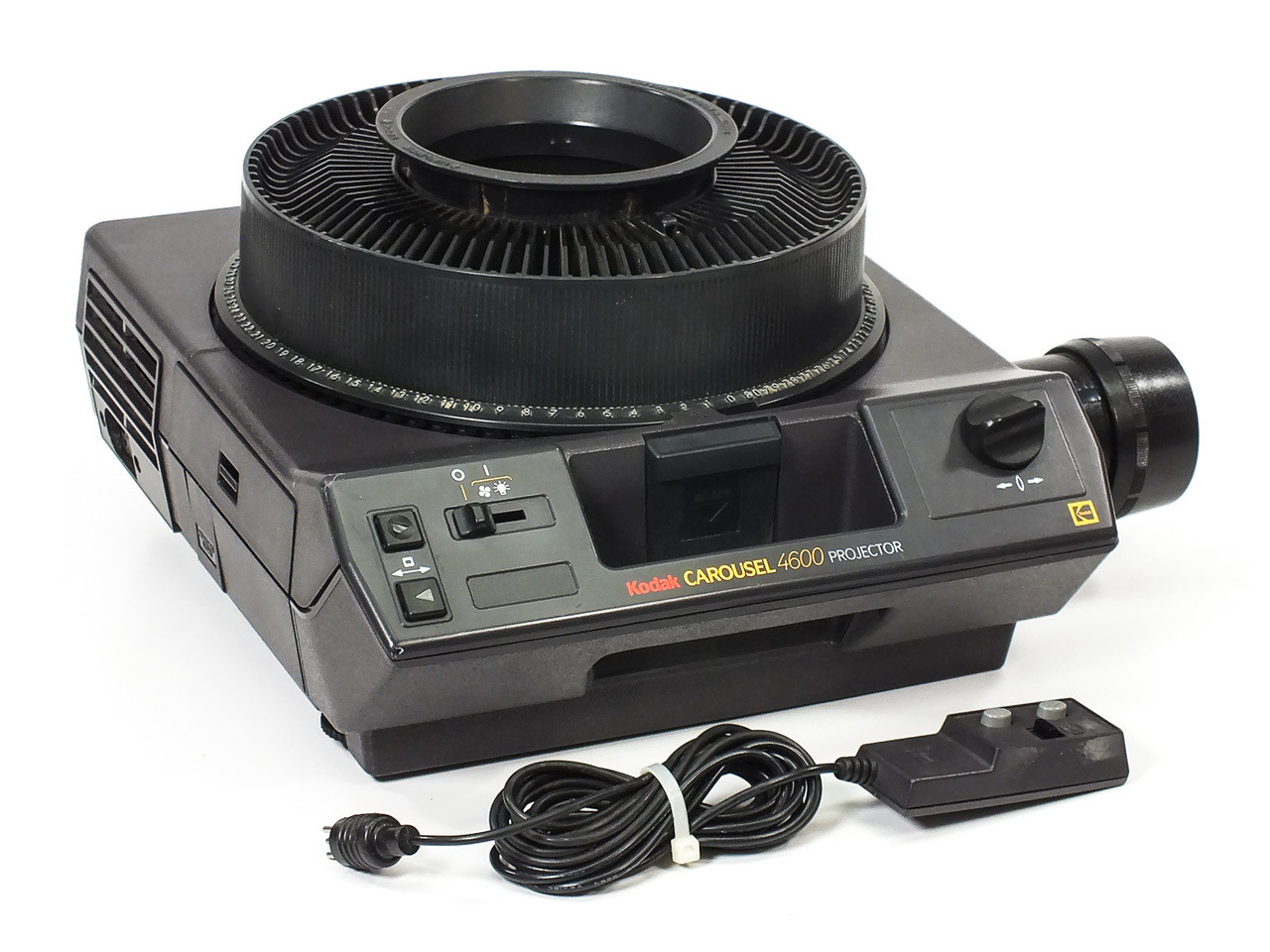

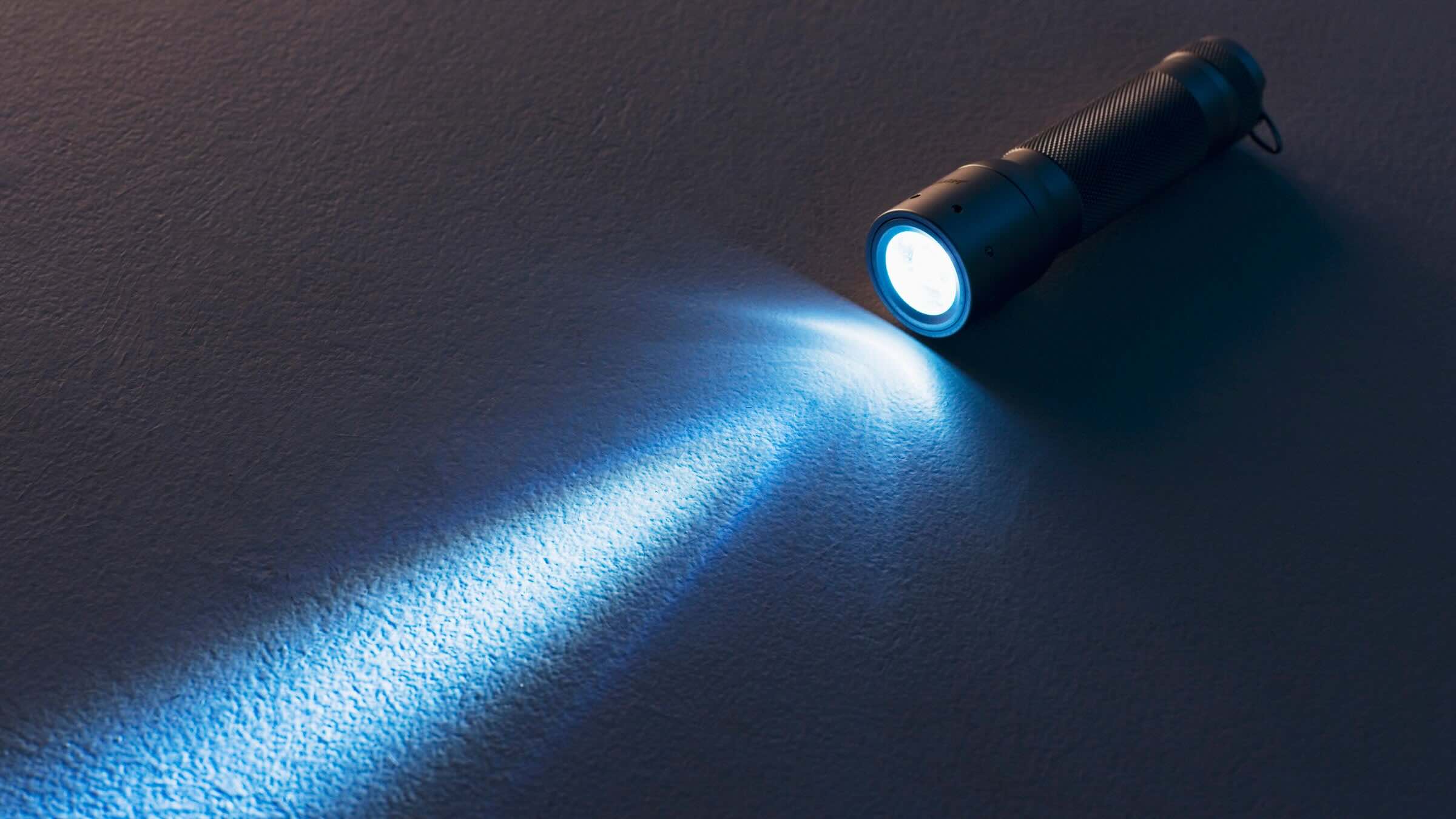
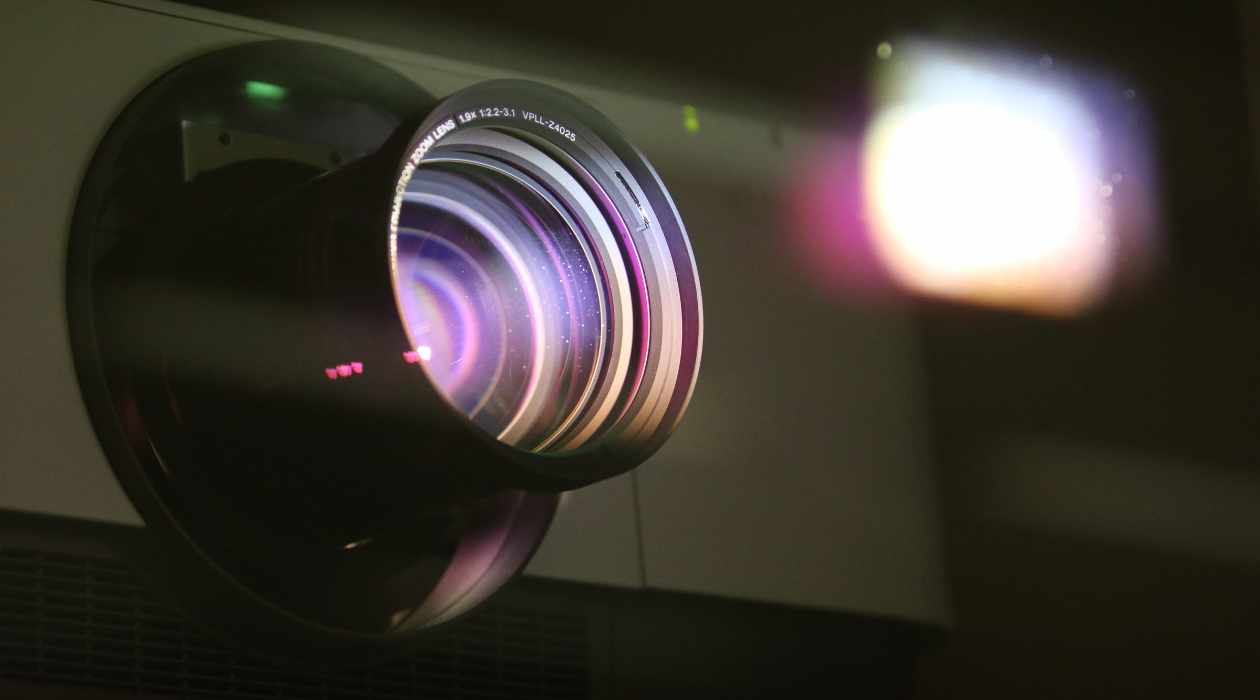

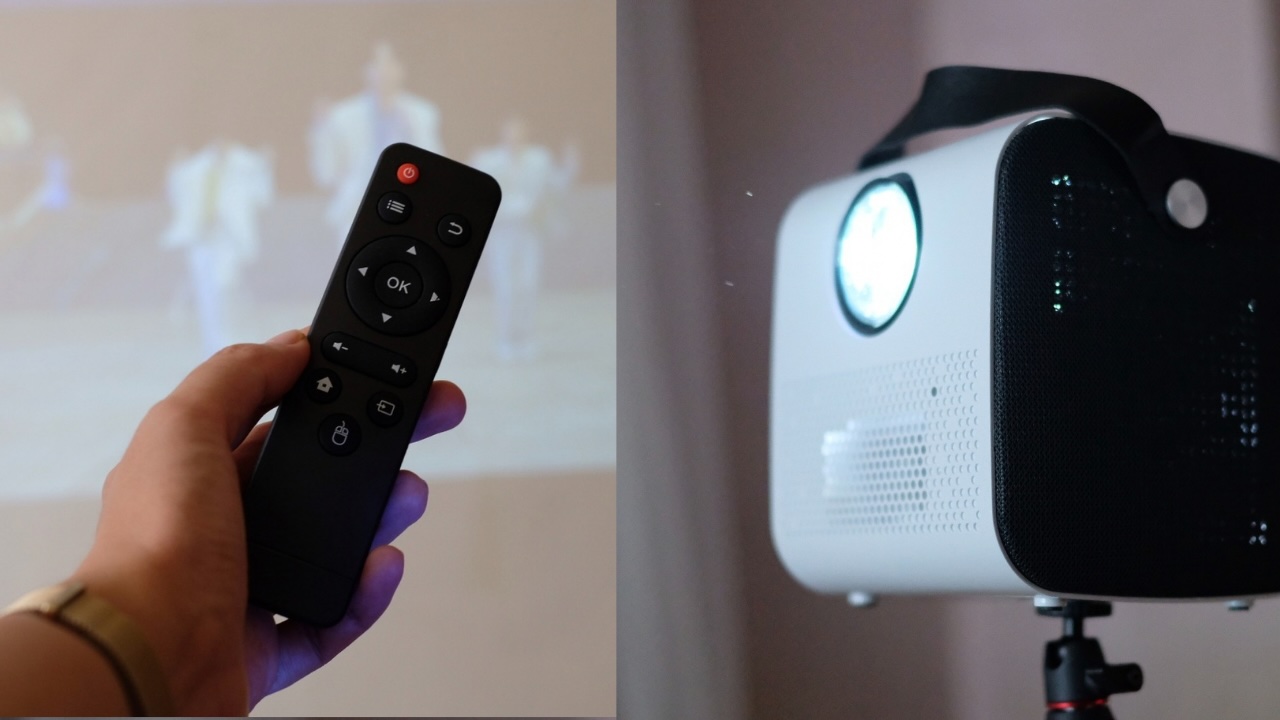




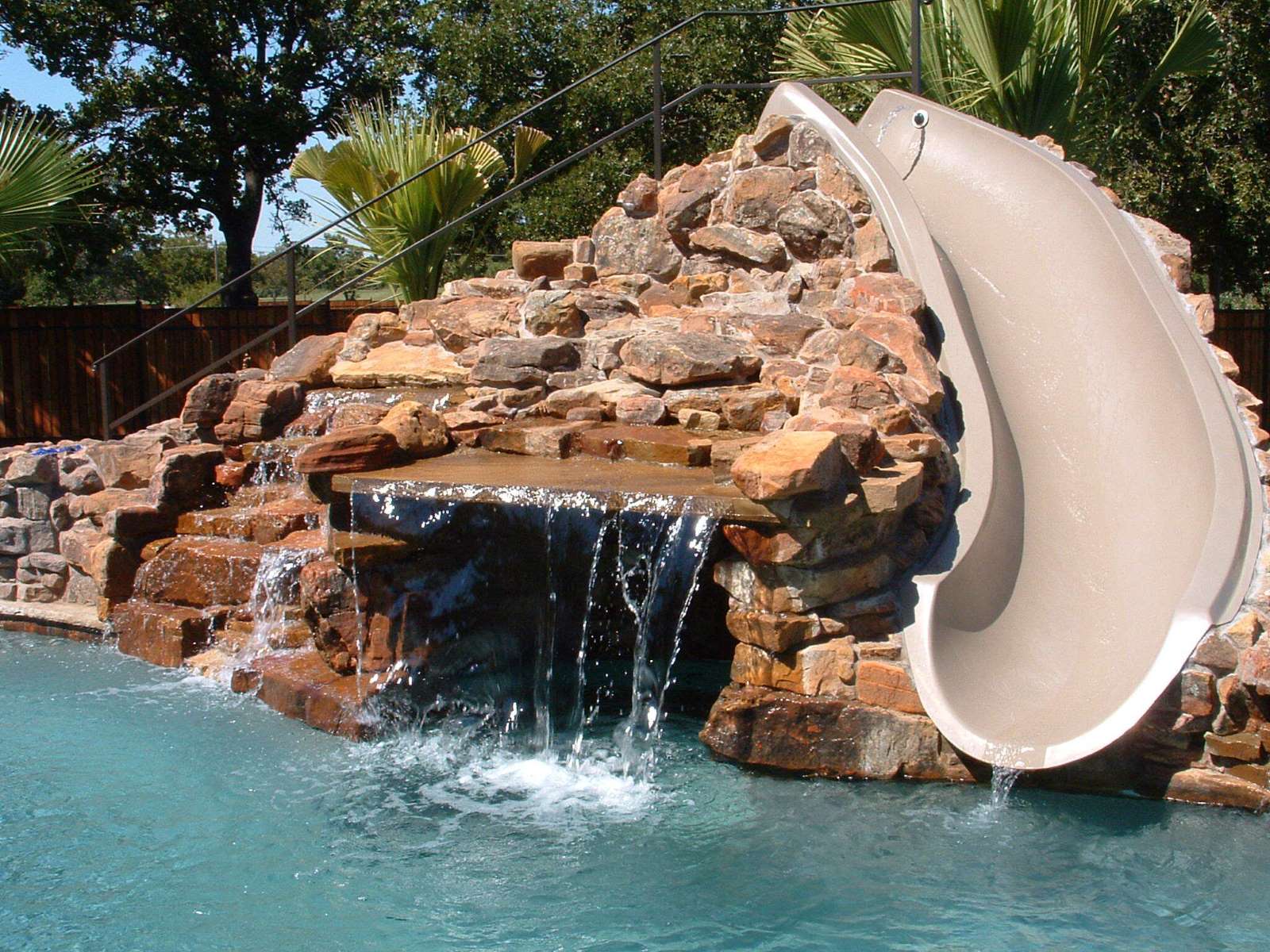
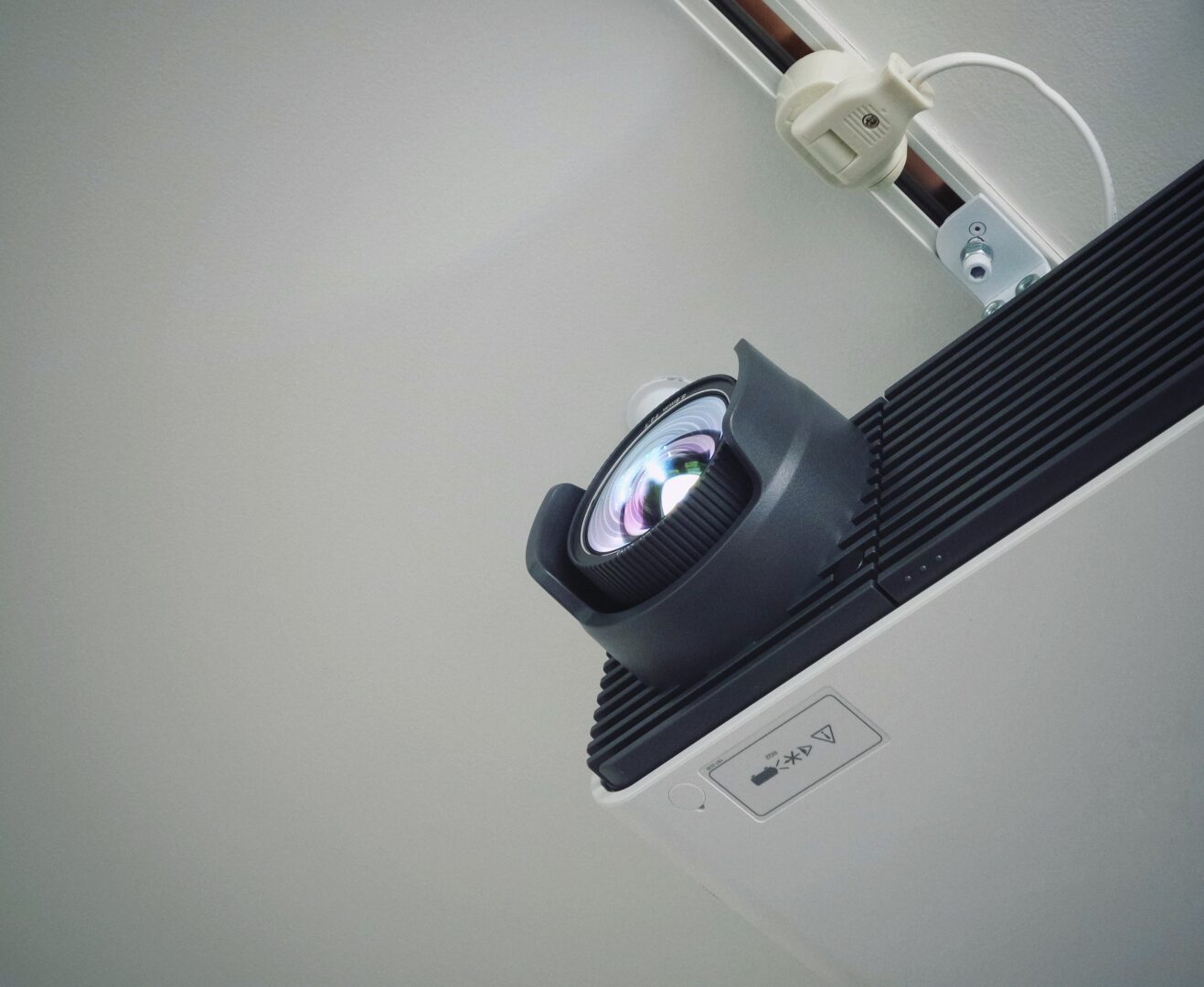
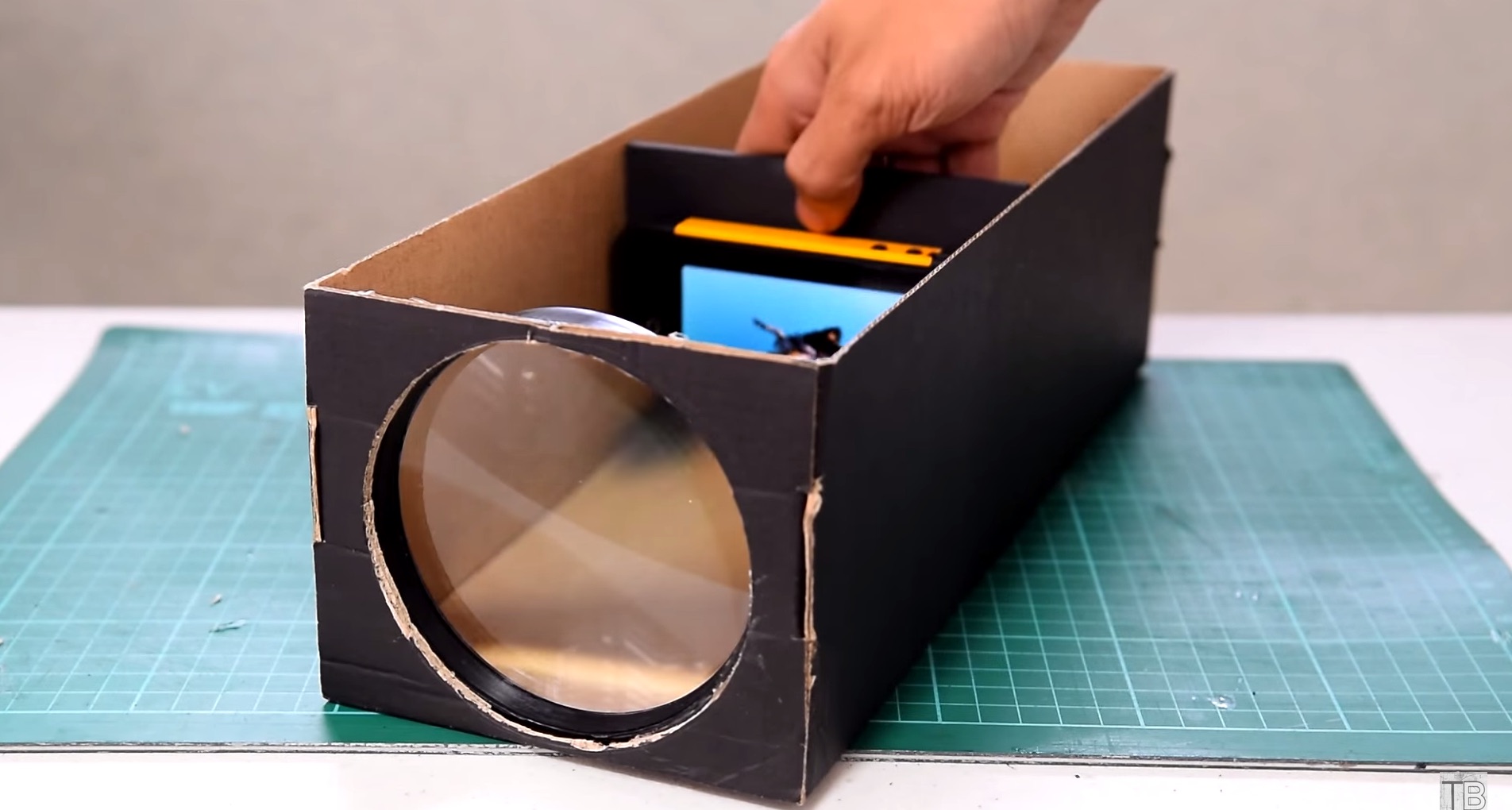
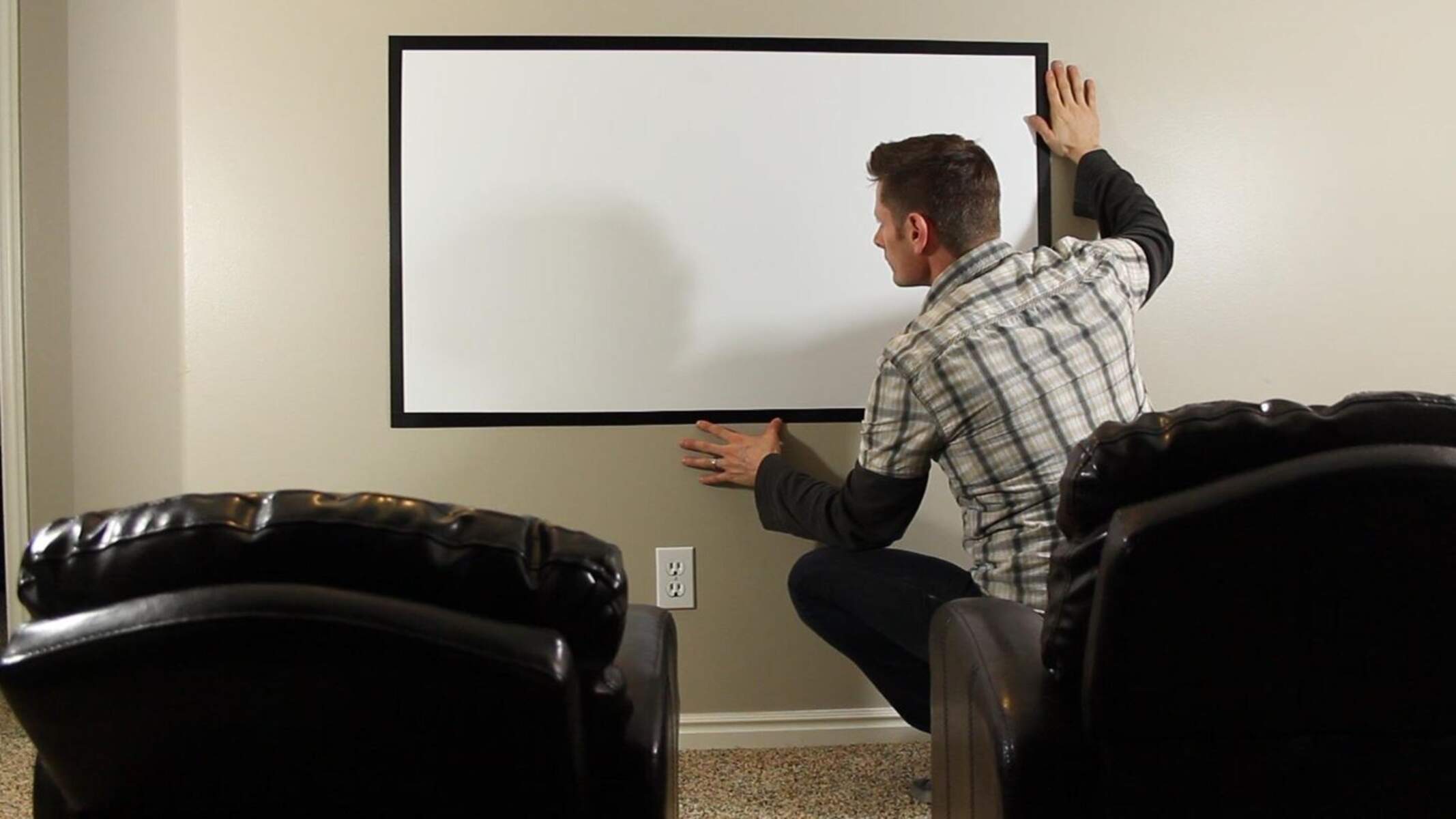

0 thoughts on “How To Make Slides For A Projector”